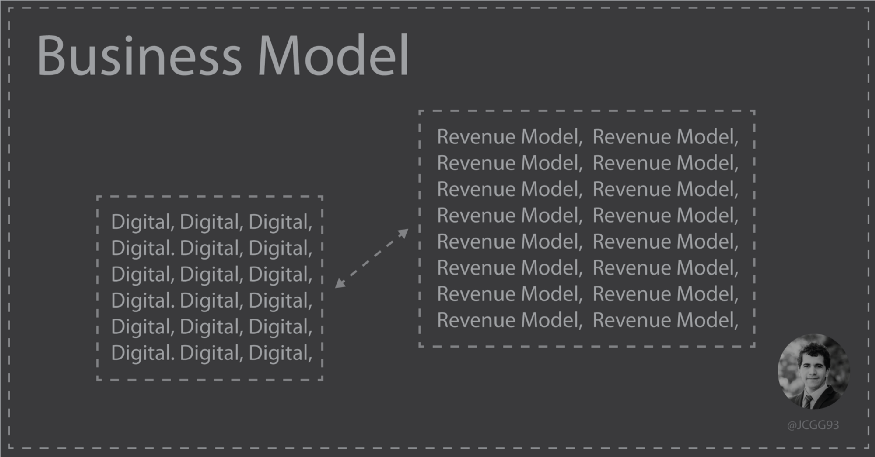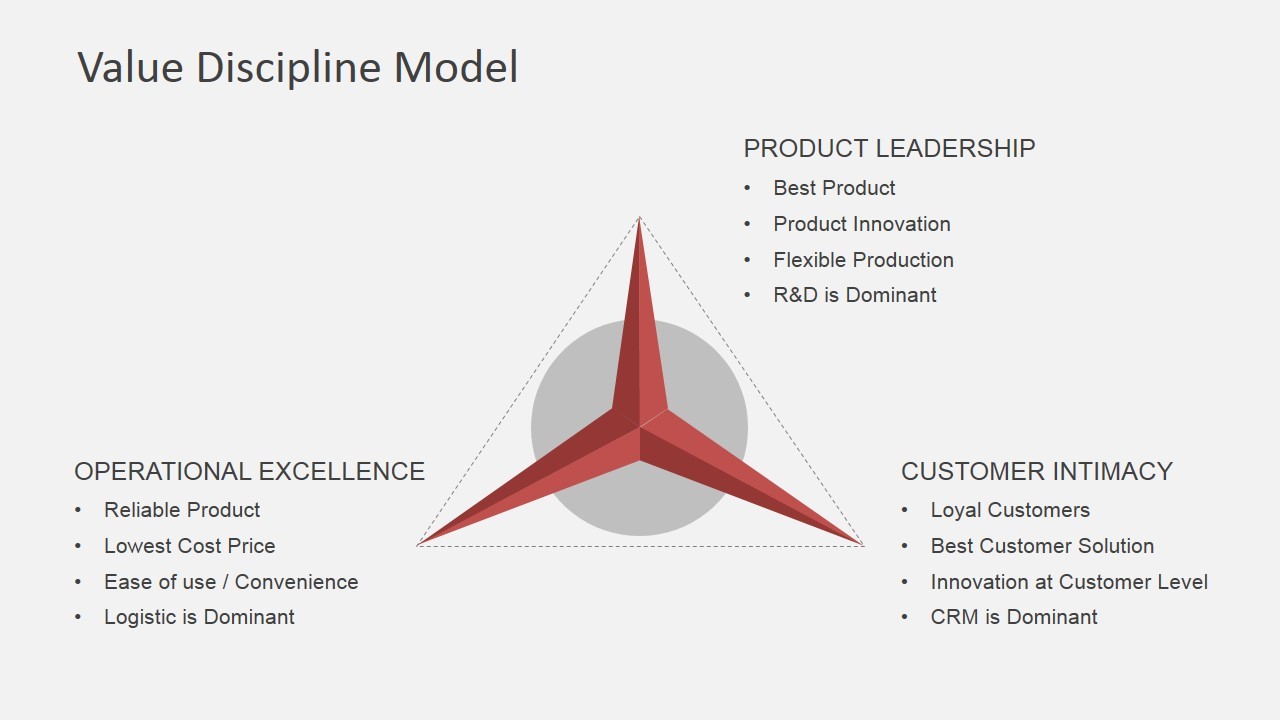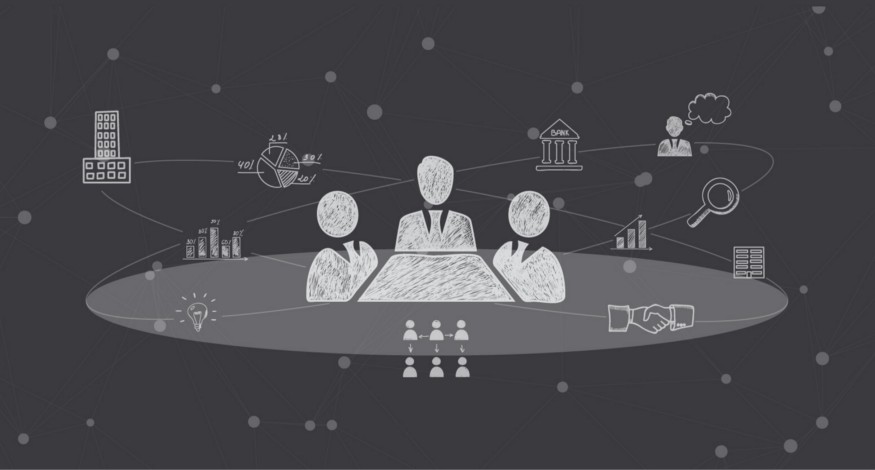.png?width=600&name=Blooming%20Digital%20Revenue%20Models%20(illustration%20by%20Julio).png)
Booming Digital Revenue Models (illustration by Julio blog)
A winning "Business Model" is one that generates revenue for the organization and positively impacts the entire stakeholder ecosystem. In other words, it is a company's plan for making profit. In this article, we will take an in-depth look into one of the key components of a business model which is the "Revenue Model."
It is important to clarify that there is a difference between a business model and a revenue model. The former describes how a company generates value from a holistic point of view and it is a much broader concept. The revenue model on the other hand describes how a company generates revenue from the value it has generated for customers.
“The Revenue Model is therefore an important component of the business model - Franz Emprechtinger
Digital Revenue Model Matrix:
In the matrix, the focus will be on the revenue model. Some of the variables can potentially impact other areas of the organization such as marketing, value proposition, and even the complete business model. The matrix has been built based on real cases and after analyzing more than 100 revenue model streams from some of the most innovative companies and startups currently running even in this COVID-19 era.
For easier comprehension of the matrix, it has been divided into three categories based on complexity of implementation and newness: Low complexity and newness (LC-N), medium complexity and newness (MC-N), and high complexity and newness (HC-N).
.png?width=600&name=Digital%20Revenue%20Model%20Matrix%20(illustration%20by%20Julio).png)
1) Per-Transaction Fee
Let’s start with the easiest and conventional model — just factor a fee over the price. Nowadays, this model mostly adopted by e-commerces, marketplaces, etc. it’s basically about being the middle man in the transaction.
Example: https://www.idonowidont.com/
2) Subscription
Fee charged on a subscription basis. Users are charged a recurrent fee (monthly or annually) for the services that an organization offers. The trick here is to avoid cannibalization in the market of your company by shifting from the traditional “from freemium to a premium model”, to a more innovative scheme such as “be free or be ultra-premium”, with the aim of navigating into a new category where you have become the monopoly.
Example: https://www.mentorbox.com/
3) Membership
Charge clients (members) a recurring fee for access to the value that your organization creates. “Membership” is about the mindset of the organization and how they think about meeting the long-term needs of the customers that they serve. In a membership mindset, you might include any number of membership benefits in addition to the straight subscription” — Shelley Seale.
Example: https://www.trainingbeta.com/
4) All You Can Eat
Just imagine a buffet, and then put your product or service under an “All You Can Eat Model”. This entails setting a meticulously analyzed price for a bundle. A bundling business model packages related products together to make a more convenient and enjoyable experience for customers.
Example: https://presentoo.co/
5) Trend-Oriented
Identify a trend and use it to bring traffic, therefore generating sales. The trick here is to ask inside your organization every day the following question “What is hot now?”, after you have identified that, you can start using this variable to your advantage.
Example: https://bit.ly/3kPmHVj
6) Pay As You Go
Pay “as you go” or ‘as you advance’ in the consumption of the product or service is a model based on gradual consumption. The user pays just for what he or she consumes. Users feel comfortable with this model because they are paying exactly for what they are getting at their pace or in real-time.
Example: https://www.byhours.com/
7) Pay As You Earn
Simple put, “No clicks, No cost” or “No gain, No pay”. This model lets clients pay while they earn from what they have gotten. This is a model based on fairness but very risky as you will have to back your strategy with capital and carefully estimate your breakeven point before implementing this emerging business model. This is definitely the future of revenue models in some sectors.
Example: https://lambdaschool.com/
8) Pay As You Want
In this model, you let your customers set the price and the rules of the payment. It means you give the power to your clients to pay what he or she believes is worth your product or service. The strategy here is to have a magical customer service and customer experience to level up the perception of your goods. For a pay-as-you-want strategy to be effective, customers must perceive the product to be of good quality and have high satisfaction with the transaction. Also, many organizations have begun allowing customers pay using the strategy of the “Donation Button”, which was strongly used by nonprofits organizations in the past.
Example: https://www.lentilasanything.com/
9) Insurance-Oriented
By far my favorite. Imagine you could turn your product or service into an insurance. It means that by default you have created a new business model and a new line for the organization. Just figure what your organization is doing right now and consider it as if it were an insurance-based good.
Example: https://figopetinsurance.com/
10) Free, then who pays?
Here, the product will definitely be the customer, and the worth you get from their data is a goldmine and a big asset for your organization. Access to this data grants you the possibility to create value for other stakeholders. A very common strategy is to look for a third party in order to pay for the users through advertisement or other mechanisms.
Example: https://www.google.com/
11) Pay-For-Sustainability
As consumers become more aware of the environmental implications of their purchases, global brands are also working harder to address climate impacts across their supply chains. Beyond carbon footprint reductions, companies are beginning to work with local partners to drive new economic models. So align your value proposition to this variable and make sure you communicate clearly what you do, so customers clearly perceive the worth of the intangible value they get by paying for nature preservation and circular models.
Example: https://indigenous.com/
12) The one that has to be invited. (?)
Finally, I will encourage the reader to create a new digital revenue model. Remember that almost any industry will eventually be shifting to a digital arena in some way. (Happy to read a new digital revenue model from you in the comments below).
“In sum, whatever business model you had at the beginning of the year may be obsolete - Steve Blank
3 transforming revenue model questions for your organization:
- What is our business? (Mission) What will our business be? (The changing environment that we are certain about) What should our business be? (Vision) — From CUIinsigths
- What exponential technology can help us invent a new revenue model stream?
- How can we turn our revenue model into a leverage force and a better value proposition for the organization?
Conclusion:
Remember that your digital revenue model can directly or indirectly impact many other areas in the organization simultaneously. It can become in an important part of your value proposition, market segment, or even your marketing strategy. Therefore , start by looking at it from a holistic point of view and use any of these 11 booming digital revenue models to open a new window of possibilities in your organization. My final goal in this article has been to help the reader absorb the power of the digital world by adding value to the customer through a different digital revenue model.
As always, readers, have a creative week!
(You can find the original content @ JCG's Medium channel)








